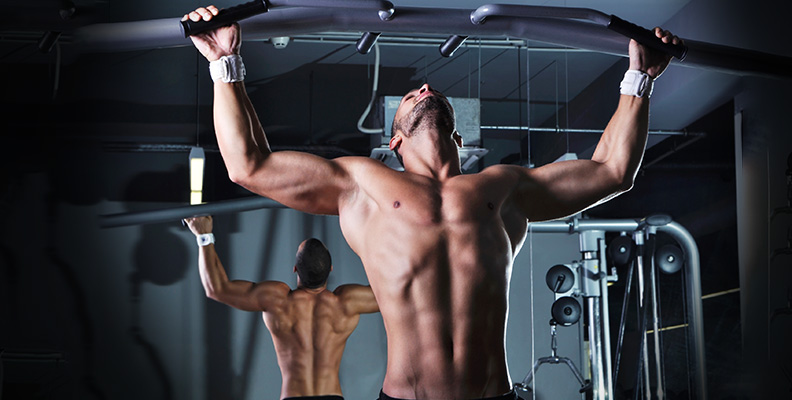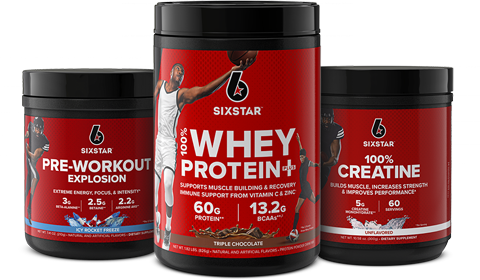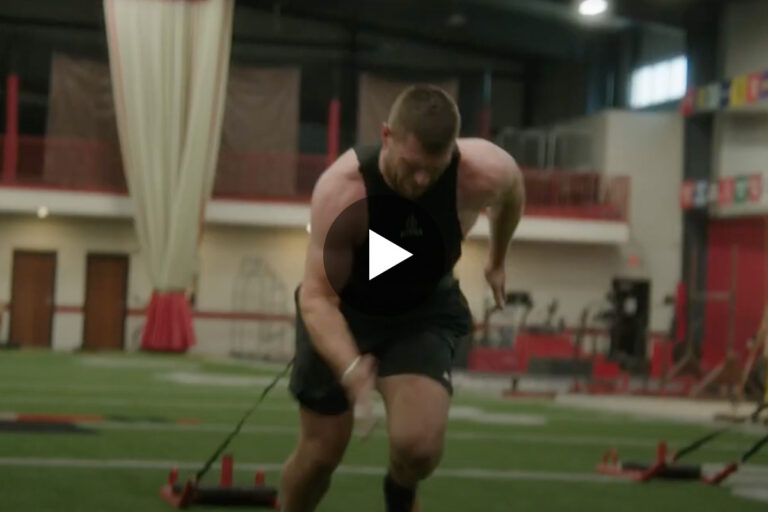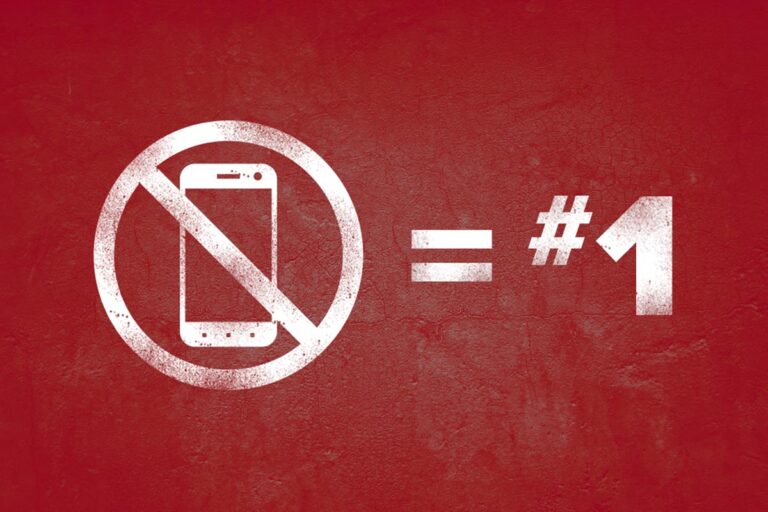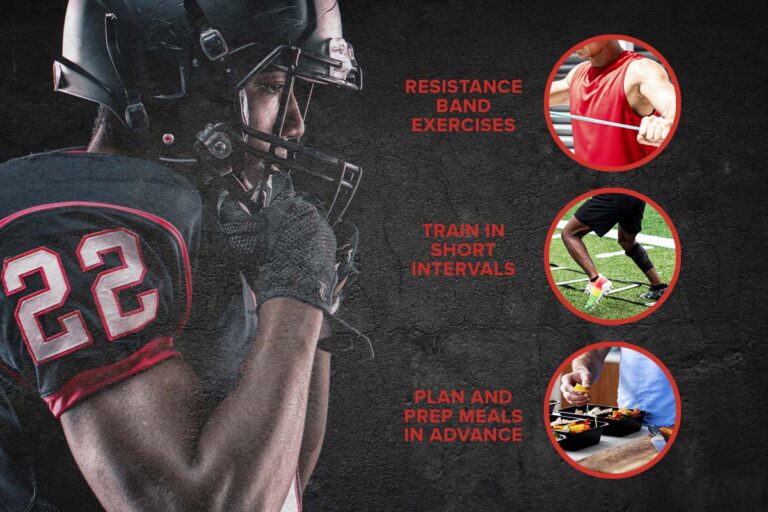WHY THE PULL-UP?
The pull-up is the quintessential upper body pulling movement. It is an incredible measure of upper body strength. Simply put, if you suck at pull-ups, then you need to get better at them because it is a good indication that your back muscles and pulling strength are not up to par. But don’t worry, most people can barely do a single pull-up, never mind completing several reps and sets of them. But you are not most people, and you demand more of yourself.
The pull-up is a fantastic exercise to build both strength and size. It is very much a compound movement as it utilizes the shoulders, back, biceps and core muscles simultaneously to complete the exercise. It is a basic human movement that comes very naturally to us – think of our ape-like ancestors needing the strength to pull themselves up onto a tree branch or rocky ledge. The pull-up is performed with a pronated grip, which means your palms are facing away from you; in a chin-up you use a supinated grip, or palms facing towards you. The pull-up puts much more focus on the back and shoulder muscles, while the chin-up puts a lot of emphasis on the biceps. The pull-up is extremely important in helping to maintain shoulder health. If your training puts too much emphasis on chest exercises, it can give you that hunched over, rounded shoulder look – incorporating more pull-ups into your training will balance this out. By increasing the size of your back and shoulder muscles, pull-ups will help to make your upper body wider, which in relation to your waist gives you that highly sought after V-taper physique.
HOW TO DO THE PULL-UP
The pull-up can be performed virtually anywhere, whether on the pull-up bar at your gym, the monkey bars at your local park or even right in your own home with an easy-to-install doorway pull-up bar. Grab the bar with your hands pronated (palms facing away from you) just outside shoulder width. Begin the movement from the dead hang position, where you are hanging from the bar, arms fully extended. Begin the movement by contracting your shoulder blades – think of trying to squeeze a tennis ball in the center of your back. Then bend your elbows and engage your biceps to pull your chest towards the bar. As you move upwards do not try to bring your chin above the bar. Instead, envision pulling your elbows down to your sides. Try and aim to get your chest as close to the bar as possible. Do not use momentum or swing your legs forward at all.
HOW TO GET BETTER AT PULL-UPS
If you are not yet able to perform a pull-up, it is most likely because the muscles needed for this movement are not yet strong enough, or perhaps you are carrying too much body fat that is weighing you down. Try doing the negative portion of the pull-up: simply grab on to the bar, then use your legs to jump up to where your chin is above the bar and then slowly lower yourself down. Do this for multiple reps and sets. Another way to work on your pull-ups as you get stronger and/or lose weight is to use the assisted pull-up/dip machine at the gym. Add just enough weight to the stack on the machine so that once kneeling on the pad you are able to complete the pull-up motion. Don’t make it too easy however, as that defeats the purpose!
If you are able to do pull-ups but are looking to get better at them, try adding some weight by either using a weighted belt or simply holding a dumbbell with your feet. Slowly increase the amount of weight you use from week to week to gain some serious pulling strength! Once you are able to do several sets of 12 reps, you should start adding weight to increase the difficulty and continue getting stronger.
Another way to do more pull-ups is to use the pull-up ladder method. This is a sneaky way to achieve more pull-up volume in a single workout session. For example your goal may be to do 4 sets of 12 pull-ups, but you may only be able to do 4 sets of 7 reps. In order to achieve the same amount of volume for your goal, complete a single rep, wait a few seconds, then do 2 reps, stop and wait a bit, and then to 3 reps. Do this all the way up until you complete your max amount of reps you can do in one set, in this case 7. Then make your way back down until you finish off with a set of one final rep.
Your sets should look like this:
1 rep–2 reps–3 reps–4 reps–5 reps–6 reps–7 reps–6 reps–5 reps–4 reps–3 reps–2 reps–1 rep.
Like climbing a ladder and then going back down again. As you increase the amount of reps, your rest time should be longer, so between 1 rep and 2 reps you might rest only 5 to 10 seconds, but between 6 and 7 reps you may rest for a minute. This method would yield a total of 49 repetitions; whereas 4 sets of 12 would give you 48 reps. This method will increase your pull-up strength and endurance in no time!
To help improve your pull-up strength faster, try Six Star® Creatine X3. This will help to boost muscle performance by helping your body generate ATP, a primary source of energy used during high-intensity training, allowing you to train harder and make progress faster!
